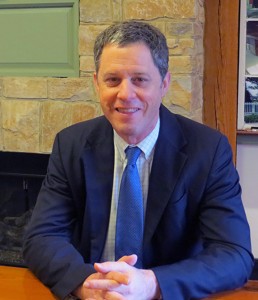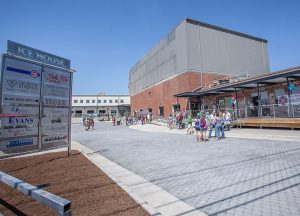Getting to Know Us: Sandra Hanger
Working with an architect or designer is a personal experience. At Frazier Associates, we enjoy getting to know our clients and greatly value the relationships we build. It is that relationship and understanding that creates the best possible product in any design situation. In this Getting to Know Us blog series we offer you an opportunity to learn a little more about us!
Sandra Hanger, Graphic Designer
Sandy works closely with communities and clients as project manager and senior graphic designer to create wayfinding sign systems for Frazier Associates. Her responsibilities include not only design, but also facilitation of client and stakeholder meetings in the early stages of a project when its image, program, and mapping are being developed. In addition to creating many local community wayfinding projects, she designed Virginia’s first regional wayfinding program for the City of Williamsburg, James City County, and York County – a fast track ground-breaking project developed for the Jamestown 2007 celebration.
Sandy is currently involved in the design and implementation of several sign system projects, including Huntsville, Alabama, the Alleghany Highlands region of Virginia, and Hickory, North Carolina. She is a technical resource for the firm’s Main Street Program work, and assists with gateway designs and community identity/branding charrettes.
As a valuable member of the Frazier Associates team, she also develops presentation graphics for design guidelines publications, as well as illustrations, photosimulations, and mapping as needed for urban design and corridor renewal projects. Sandy has been with Frazier Associates since 1999. View some of Sandy’s work on the various pages of our Wayfinding section: https://frazierassociates.com/services/wayfinding/
Describe your most interesting experience when doing research for a project:
Being escorted by geese while doing field work in a downtown park!
If you could provide graphic design assistance on any type of building that you haven’t yet worked on, what would it be?
a casino or resort
What interesting place have you recently visited that you would recommend others to see?
the Napoleon House restaurant in New Orleans, built in 1791- great historic building and great food!
When I’m not at the office, you can find me:
in the garden or in the kitchen!














 ting experience when investigating/measuring a building:
ting experience when investigating/measuring a building:



 Describe your most interesting experience when investigating/measuring a building:
Describe your most interesting experience when investigating/measuring a building: